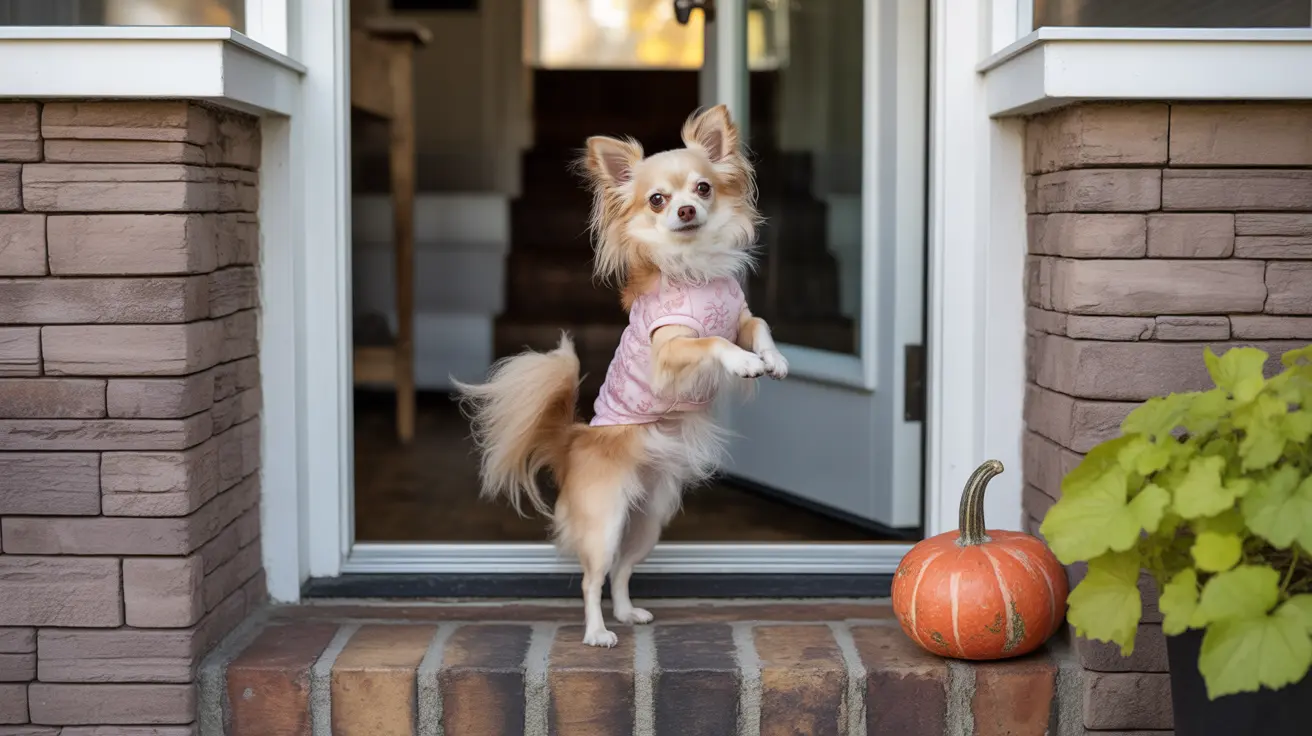Can Vinegar Stop a Dog from Peeing in the Same Spot?
If you're a dog owner, you've likely encountered the frustrating issue of your dog urinating repeatedly in the same spot. Whether it's on furniture, carpet, or outdoors on your lawn, repeated dog urine can cause odor, stains, and even health concerns. Fortunately, one common household item—vinegar—offers a natural and effective solution.
Why Do Dogs Pee in the Same Spot?
Dogs are creatures of habit. When they urinate in a particular spot, they leave behind a scent marker rich in ammonia. This mark signals to them—and sometimes other dogs—that the location is an acceptable toilet area. Their strong sense of smell enables them to locate these previous spots quickly, reinforcing the behavior.
How Vinegar Works as a Deterrent
Vinegar's strong smell, especially white distilled vinegar, counteracts the ammonia in dog urine. Vinegar neutralizes the scent of the urine, which makes the spot less attractive to the dog. Additionally, many dogs find the sharp smell of vinegar unpleasant, further discouraging them from revisiting the spot.
How to Use Vinegar to Stop a Dog from Peeing in the Same Spot
- Step 1: Blot the area if it’s still wet using paper towels or a clean cloth.
- Step 2: Mix a 1:1 solution of white vinegar and water in a spray bottle.
- Step 3: Thoroughly spray the affected area, ensuring it is well saturated.
- Step 4: Let the solution sit for several minutes before blotting again.
- Step 5: For carpeted areas, sprinkle a bit of baking soda after the vinegar mixture dries, then vacuum once the powder has absorbed any lingering moisture and odors.
Other Tips to Reinforce the Solution
- Clean thoroughly: Use an enzymatic cleaner in conjunction with vinegar to break down organic compounds in urine.
- Positive reinforcement: Reward your dog when they urinate in the correct area (e.g., outside).
- Supervise and redirect: Watch for signs they may need to go and lead them to a proper area.
- Spay/neuter: Unneutered dogs may mark territory more frequently.
Precautions When Using Vinegar
- Test surfaces: Always test a small hidden area of carpet or fabric before using vinegar to ensure it won’t damage or discolor the material.
- Avoid overuse: While effective, vinegar should be used in moderation indoors to avoid overwhelming odors for humans.
- Use appropriate dilution: Undiluted vinegar can be too harsh, especially on delicate surfaces.
When Vinegar Isn’t Enough
If you've tried vinegar and your dog continues marking, consider:
- Veterinary evaluation: To rule out urinary infections or behavioral concerns.
- Behavioral training: Work with a dog behaviorist to address persistent issues.
- Restricted access: Use baby gates or closed doors to keep dogs away from previously soiled areas.
Alternative Natural Deterrents
- Citrus spray: Many dogs dislike citrus odors.
- Essential oils: Some essential oils such as eucalyptus or peppermint can deter dogs, but use with caution as some oils are toxic to pets.
Conclusion
Vinegar is a simple yet powerful tool for pet owners struggling with repetitive dog urination in unwanted areas. Its ability to neutralize odor and deter your dog from returning to the same spot makes it a go-to remedy for many households. Combined with proper training and hygiene practices, vinegar can help you reclaim your home and encourage better habits in your canine companion.





